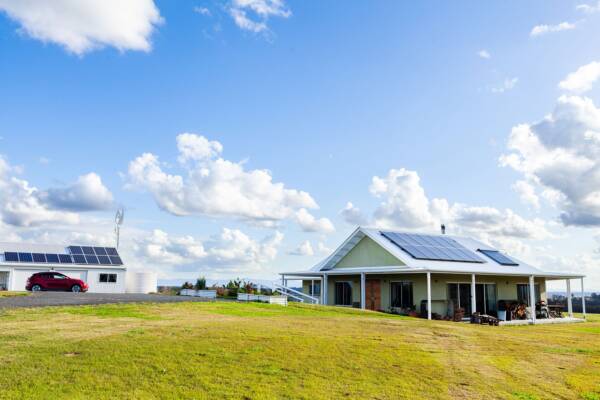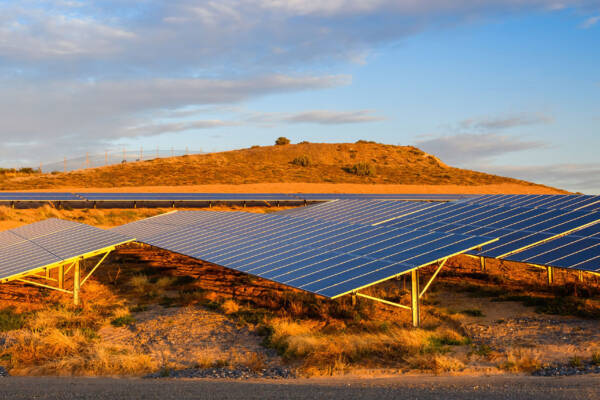Wind and solar supply two thirds of South Australia grid in week it was cut off from NEM
The South Australia grid has been reconnected – or re-synchronised – with the country’s main grid after a week of “isolation”, during which time wind and solar still managed to deliver nearly two thirds of its electricity needs.
The Australian Energy Market Operator says South Australia was re-synchronised with the National Electricity Market at 1803 (AEST) on Saturday after the main 275kV line near Tailem Bend was returned to service.
That occurred a week and a couple of hours after wild storms blew down a transmission tower and caused multiple circuits to trip, and causing the state to be “islanded” from the main grid.
The loss of synchronisation with the rest of the NEM meant that the South Australia grid was effectively “isolated” for just over a week – although it has a smaller high voltage connection through Murray Link – forcing AEMO to introduce emergency measures to maintain grid stability.
The main focus of these measures was to reduce the risk of any further disturbances cascading through the state’s huge resource of rooftop solar PV installation, so it took action to switch off as many of these rooftop solar installations as it could in the middle of the day.
In the end, it could only impact just under half of them – most are on old style legacy inverters that can’t be remotely controlled – but it appears this and other measures, such as switching off small solar farms and encouraging big energy users to increase load, allowed the situation to be managed.
What is remarkable is that despite the heavy curtailment of rooftop solar, preliminary data shows the state still enjoyed a share of renewables of around 65-66 per cent, pretty much in line with the average over the last year. It is the highest ongoing share of wind and solar of any grid of this size in the world.
Getting an exact figure is difficult because one small part of the state in the south east corner remained attached to the NEM, which along with MurrayLink explains why there were still small amounts of imports and exports.
Data providers show slightly different but broadly consistent pictures of the energy mix during the period of isolation.

GPE NEMlog2 shows the average share of renewables was 65.7 per cent for the period from 1638 AEST on Saturday, November 12, (when the tower fell and the state was disconnected from the main grid), to 1803 AEST on Saturday, November 19 when it was resynchronised.
Another data source, OpenNEM, shows that for the full days from Sunday to Friday inclusive the share of renewables was 66.8 per cent, but this excluded the partial contributions from Nov 12 and Nov 19.
That’s almost exactly the same as its average for the past 12 months, although spring is usually a period of high renewable share because of good wind and solar conditions, and relatively mild weather and low demand.
Data from AEMO indicates a share of around 64 per cent renewables over the seven day period, although the exact time frames are not broken down.
Interestingly, the table above shows that diesel was barely used, or needed. In fact, the only time diesel was switched on was on Thursday (very briefly) and Friday in the middle of the day when AEMO decided to shut down the biggest gas generator at Pelican Point, to reduce the impact of cascading impacts if it happened to trip.
The situation around rooftop solar highlights the need to gain more control over rooftop solar systems to allow the market operator to respond to any cascading events.
At the moment, it only has control over newly installed rooftop systems with advanced inverters (around 100MW), although it was also able to use the blunt and imprecise instrument of voltage control to switch off another 300MW or so. But that process lacks precision.
Battery storage also played a key role, not just in holding the grid together during the dramatic separation – when the batteries acted as a collective shock absorber – but also providing AEMO with a standby resource to respond to any other incidents during the week.
Another interesting observation from OpenNEM: From the Sunday to Friday (inclusive) the emissions intensity of the South Australia grid was 212 kgCO₂e/MWh — which is 1/3 that of NSW, Victoria and Queensland, where c coal still dominates the local grids.



